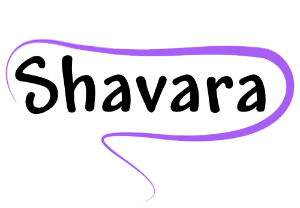Medical practices are almost as diverse as people in regards to the arrangements and agreements that exist between physicians and facilities. The existence of different fiscal arrangements requires that medical entities bill their charges based on the specific level of service that the entity is providing to the patient. CMS has created billing rules to accommodate these different scopes of service by standardizing medical billing for the entire insurance industry. When a biller understands the definition of the CPT-4 codes, and modifiers, they can then bill according to CMS’s requirements. This leads to fewer denials and better payment history.
The NHIC(National Health Information Center) conducted independent audits for CMS and found that more training was needed. Specifically, their findings showed that the medical industry continues to incorrectly bill (or not bill) modifiers that are required to distinguish between the global, professional, and technical components of services. The modifier codes that distinguish these services are ‘26’ for professional components, and ‘TC’ for technical components.
The explanation per CMS, in a nutshell, is this:
The professional component of a charge covers the cost of the physician’s professional services only. When billing for the physician’s time and expertise, a 26 modifier is added to certain CPT codes. For example: a patient has a CT scan and the doctor interprets the results. A biller may code 77014 – 26 to indicate the charge is for the professional services only. By adding the 26 modifier, the biller is alerting the insurance company that the claim is requesting payment for the physician’s services only and not the use of the facility, the use of the CT equipment or other support staff’s services.
The technical component of a charge addresses the use of equipment, facilities, non-physician medical staff, supplies, etc. Technical charges do not include the physician's professional fees, but include the use of all other services associated with the visit. Using the same example, a patient has a CT scan and the results are sent to the doctor for interpretation. A biller may code 77014 – TC to indicate the charge is for the technical component only. In this case the medical claim is seeking payment for the use of the CT equipment, the facility costs and the costs associated with all supplies and staff except for the physician.
A biller will bill global charges when there is no division of the costs associated with a medical service because the service was provided by a single entity. The global charge includes both the professional services as well as all ancillary services (like use of equipment, facilities, non-physician medical staff, supplies, etc.) associated with a patient’s care. Global charges require no modifier. For example: a patient has a consultation with the doctor. A biller may code 99203 with NO modifier.
Many CPT-4 codes are intended to be billed globally and may not be separated. In the practice of radiation oncology, one example is 77414 which is the delivery of radiation (by the equipment and technician). This code is billed globally with no modifiers. If the physician has a special agreement with the facility allowing her/him to bill for this service, then it would be billed globally by the doctor and not at all by the facility.
The need to separate components can be difficult to remember when billing, but is easily achieved by the use of software that recognizes when to add a modifier, and which modifier to add. Iridium Suite, for example, may be configured to bill certain code modifiers based on the objective of the treatment course, or the place of service in the case of a physician who bills from several different facilities or offices. It is important, therefore, to understand the literal description of the code being billed, as well as the fiscal agreements between the physician and facility(ies) where the physician treats patients.
Separating codes into their components can be confusing to not only practitioners and billers, but to patients as well. The insurance company sends EOBs showing what the patient may interpret as duplicate billing due to the facility and the doctor charging the same CPT codes. Since the majority of patients do not understand the need to separate codes into their components, it is important to understand component billing so we can explain it to the patient. Insurance companies may also ‘miss’ a modifier. Knowing when and how to use modifiers is important in resolving claims denials and results in a better payment history in the long run.


